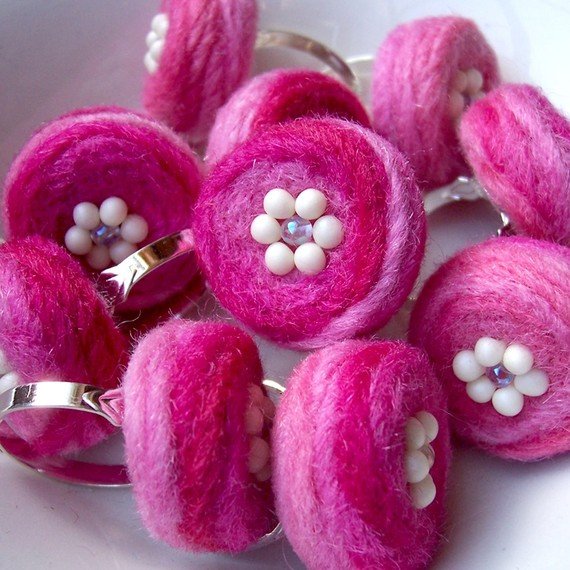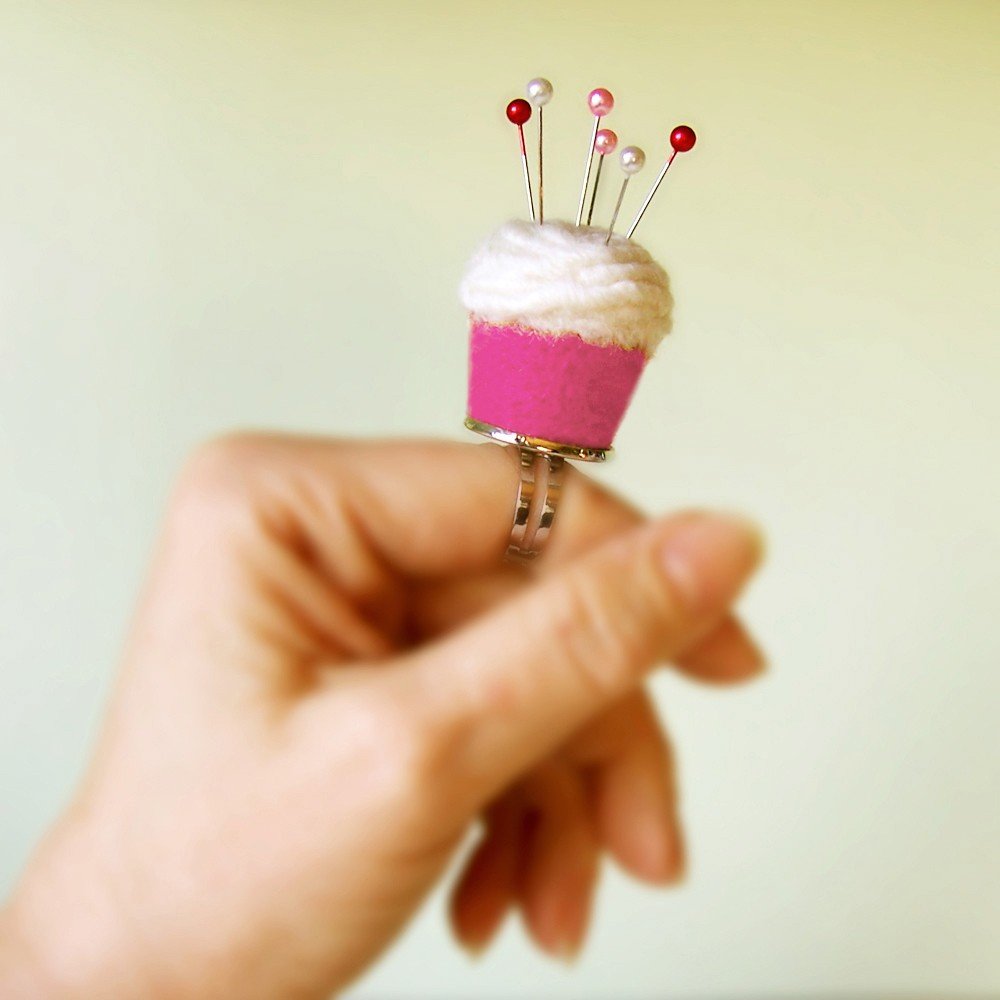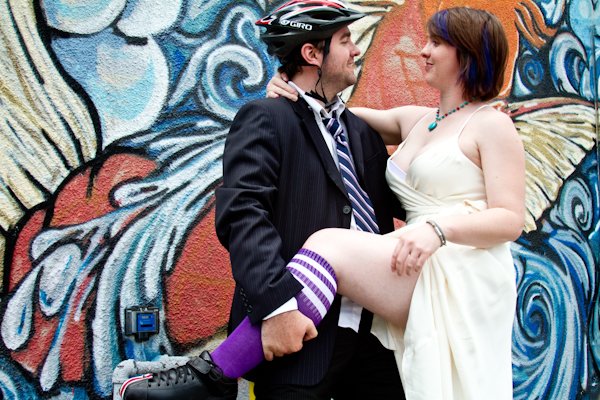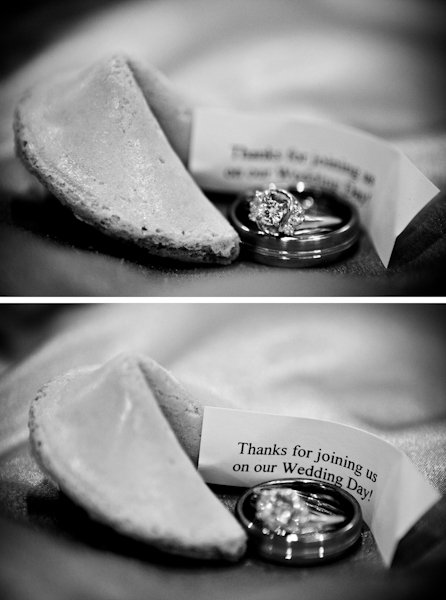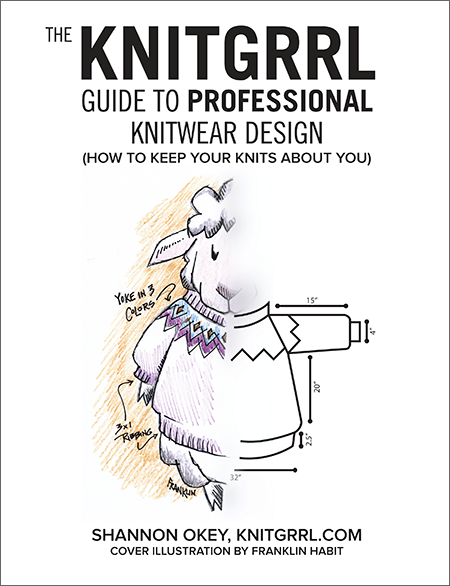The concept of “creating community” can be tricky. I asked Laila, who is the creative genius of LaiGrai to give us her insights, because the Ravelry group for fans of her work is seriously fun place. Unlike a lot of other groups based on a shared passion for an artist's yarn (even mine), hers is filled with fun, sillyness and non-stop interaction.
Long before I knew I was going to create my own little community of craftybiz'ers (the super-awesome gathering place is coming in just! 4! weeks!), I was curious about Laila's and so I shot her these questions.
(because I find everything about Laila completely adorable, I'm keeping her answers in her own voice + style of writing. I know you're going to fall in love with her!)
Laila, your Ravelry group, which celebrates your handmade yarn and spinning fiber is seriously rocking.
Has it always been like this?
In short, yes and no.
Let's start from the beginning.
Businesses aren't islands- we all help each other. so from the very start, i had the aid and wonderful support of my first yarn mentor rachel-marie. rachel marie wanted to help me get my newly formed group going.
we kicked it off with a big shared knit-along … bringing in a THIRD person, melissa of yearofthegoat, by deciding to use her “the medium is the message” tunic sweater as our knit-along pattern.
it was completely unintentional- it wasn't like, i'll do this KAL and people will flock to me- or anything. it started that rachel & i were going to work through the pattern together and people saw our photos on flickr and wanted to make it too- so we put up a thread and more and more people joined… it felt SO great!! many people came out of lurking + rachel marie brought her base + melissa helped point people our way with mentioning our KAL & my group in a magazine… so that was the start of my group becoming “active”!
next, a knit-along-er who made the sweater with us, { & who would later become one of my close yarn friends}, drucilla pettibone, suggested that i host/participate in the tour de fleece in 2009, something i had never really heard about… so just like that, we started a tour thread seeing if anyone was interested in doing this crazy thing? the tour team was born – that is sort of how i reached my core group of fiber friends,
the first team had a full pirate theme and i custom made over 20 ravatars (avatars for Ravelry) in photoshop- everyone picked monikers like “marooned hot pants” – it was a hilarious good time and that was the first thread that reached over 1000 posts!!
now i host a team annually, this july will be our 3rd year.
there is a lot of silliness that happens in the group and we sort of feed off each other with that- nothing is too silly for us.
as a way to pay it forward with all the help i received, i keep my group super super OPEN to any and all fiberistas looking for a place where members are already active & looking to host a KAL {maybe as a way to test a pattern, or just for fun}
last year, rachel-marie was hosting a handspun sock-along (one of the owner's of webs was participating!) and rachel was hosting a sweater-along. this year- currently dani is hosting a shawl-a-month-along
The KALs (knitalongs) are open-ended so the most recent couple are STICKIED to the top of the board but the others are not archived so anyone can pop in & use all our past comments as helpful bits on how to get past a tricky spot that had the rest of us stumped (or more like, just me ;)) or to revive a KAL that petered out.
it is more fun that way- no deadlines to stress over, make what you want..when you want it!! we also have a thread dedicated to just SUGGESTING what we want to make next called “future fun-alongs”
Do you think a lot about “building community” or has it happened organically?
so yes, it has happened organically- but also because i realized that what makes me most happy about being a fiberista is the community. and that is beyond etsy, beyond ravelry even, i spend every day corresponding and emailing the friendliest (!!) knitters and spinners and chatting about fibers. i love talking about yarns and wool breeds and even just seeing what people are creating.. another thing that keeps it open and friendly is that i never force anyone to use only my fibers- b/c that's not the point. so despite it having the most like ME-ME-ME name ever “i love lai grai” – it is really way way way way more than that! it should be called- “i love talking to like minded spinners, knitters, crocheters, who are funny and witty and just want to be able share jokes and humor and recent projects and new fiber acquisitions and of course, gab about the latest fiber club shipment, or show what just came out of your dyepots!”
i don't ever want it to feel like- THIS IS ME BEING PROMOTIONAL. b/c it was never about that- i love that it stays true to what the rav boards are… FORUMS! anyone can start a topic- i love that there are definitely ancient threads, showing my history- i love that threads can get buried and pop! back to the top after a long hiatus and i'm like, oh i totally forgot we had a “what are you watching?” tv thread! i love the IT crowd, it's great to see that my friend dani's kids do too! haha, and we are ALL true blood fans! tara- you and i discussed our love for HIMYM! 🙂 (we also have a what are you reading thread + a what are you listening to music thread!)
it's just a place to come and chat and sometimes bitch and always laugh and be super super friendly!
Most everyone you listed here, the most active community members, actually sell what you sell (as do I!)…but there's no hint of competition in your description.
sure, technically we are all in “competition” with one another, but i just DON'T see them as that- they are truly my friends. some of us talk every day. we try to plan fun things to share together. lacey dished how she works in those awesome knitted icords, and dani shared her awesome triloom photos, and faun shows peeks at some of the awesome flea market finds she digs up (for crazy cheap too!!) and despite them having their OWN ravelry groups- i like that we are able to cross over without being like … oh gawd, stop pushing your fiber in my group (well they never do that anyway, and certainly aren't PUSHY) but still, i would LOVE if one of my customers bought from them- i support all their shops – why shouldn't my customers?
i feel like there is plenty of fiber-love to go around! the more you give, the more you receive. b/c i have their backs- they have mine & we never planned that- we just became pals and WANTED to spin-along together or knit-along together. but then, i have to step back and remember that each of these gals are ROCK STARS, i am honored that we get to be pals and i love that my ravelry group makes it even easier to connect with even more yarnies like them- b/c i am ALWAYS open to making more fiber friends! 🙂
It seems (from your explanation), that the steps to growing your community were:
1. Partner with others in the community
2. Create a space where everyone (even “competitors”) are welcome
3. encourage sillyness, inside jokes and fun!
yes!
partnering with others & embracing competitors are kinda the same! they go hand in hand.
plus, yes- silliness, inside jokes, fun are crucial. start with a core group of 5-10 participants that are really active + good friends.
reach out to include others- that means -ALONGS! spin alongs, knit alongs, hug alongs, laugh alongs! those are really the cornerstone foundations of a fun group.
try to create some base rules, but keep it loose. by not demanding that everyone only use my fiber- it made more people feel able to be included without financial pressure.
also, create some threads that are not about fiber/yarn/knitting/spinning. yes we all love those things- but what ELSE do we have in common?
a love for true blood? AWESOME!
a hankering for british comedians? yes please!
coffee addicts not-so-anonymous? yes, yes, we are all that too!
and like you always say, tara, let YOU shine through and they will come & want to hang!
A huge thanks to laila for giving us a look into how she's done it.
Even though she's a knitter + talked about knit-alongs, I'm certain you can adapt them to fit your own craftybiz.
What bit of community-lovin' can you apply today?
Tell us about in the comments!
(all images courtesy of LaiGrai.com)


